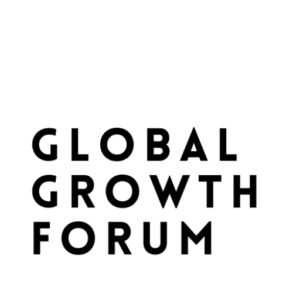
Humanity is on the brink of a transformative shift in population dynamics. Recent projections from The Lancet suggest that by 2030, global population growth will slow down to the extent that we may no longer be replacing ourselves fast enough. This forecast marks a significant departure from earlier predictions by the United Nations, which anticipated a peak population exceeding 11 billion by 2100. Instead, it now appears that the world’s population may reach a peak of around 9.5 billion by mid-century before declining.
Rethinking Population Dynamics
1. *The Lancet’s Projections*:
– The Lancet’s article presents a paradigm shift in our understanding of global demographics. It suggests that declining fertility rates, coupled with societal changes and improved healthcare, will lead to a stabilization and eventual decline in global population.
– This shift challenges conventional wisdom and raises important questions about the implications for economic growth, social structures, and environmental sustainability.
2. *Implications for Society and Policy*:
– A shrinking population presents both challenges and opportunities for societies worldwide. Countries may face labor shortages, aging populations, and strains on pension and healthcare systems.
– Policymakers will need to adapt by promoting policies that support workforce participation, encourage immigration where necessary, and ensure sustainable social security systems.
3. *Environmental Sustainability*:
– A slower population growth trajectory could alleviate pressures on natural resources and contribute to environmental sustainability. It offers an opportunity to focus on sustainable development practices and mitigate the impacts of climate change.
Focusing on the Real Issues: Hungry Kids
While the prospect of population shrinkage sparks debates about its economic and social ramifications, it is crucial not to lose sight of immediate humanitarian challenges, such as child hunger and food insecurity. Despite advancements in global health and economic progress, millions of children worldwide continue to face the harsh reality of hunger and malnutrition.
1. *Global Hunger Crisis*:
– According to the latest data, an estimated 149 million children under the age of five are stunted due to chronic malnutrition. This condition not only affects physical growth but also cognitive development and overall well-being.
– Food insecurity, exacerbated by conflicts, climate change, and economic disparities, remains a pressing issue in many regions, leaving vulnerable populations at risk of hunger and starvation.
2. *Impact of Malnutrition*:
– Malnutrition among children has far-reaching consequences for societies, affecting educational outcomes, workforce productivity, and long-term economic growth. Addressing hunger is not only a moral imperative but also an economic necessity.
3. *Role of Global Community*:
– Addressing child hunger requires a concerted effort from the global community, governments, non-governmental organizations (NGOs), and private sector partners.
– Investing in nutrition-sensitive interventions, promoting sustainable agriculture, improving access to clean water and sanitation, and empowering communities to build resilient food systems are essential steps towards achieving food security for all.
Shaping a Sustainable Future
1. *Integrated Approaches*:
– To tackle the dual challenges of population dynamics and hunger, integrated approaches are needed. This includes promoting reproductive health and rights, investing in maternal and child health care, and empowering women and girls through education and economic opportunities.
– Strengthening social safety nets, enhancing agricultural productivity, and promoting sustainable consumption and production patterns are critical for ensuring food security in a changing world.
2. *Education and Awareness*:
– Raising awareness about the causes and consequences of hunger, advocating for policy reforms, and mobilizing resources to support nutrition programs are vital steps towards achieving Sustainable Development Goal 2: Zero Hunger.
3. *Building Resilient Communities*:
– Building resilient communities involves fostering partnerships, sharing knowledge and best practices, and mobilizing resources to respond effectively to humanitarian crises and food emergencies.
– Empowering local communities to participate in decision-making processes and supporting grassroots initiatives can foster sustainable development and resilience to food insecurity.
While the prospect of global population shrinkage marks a significant demographic shift, our focus must remain steadfast on addressing immediate humanitarian challenges, particularly child hunger and malnutrition. Ensuring food security for all children is not only a moral imperative but also a prerequisite for achieving sustainable development and building resilient societies. As we navigate the complexities of a changing world, let us prioritize policies and actions that promote inclusive growth, protect vulnerable populations, and uphold our collective commitment to leaving no one behind. By addressing hunger today, we can lay the foundation for a healthier, more equitable future for generations to come.
Disclaimer: The thoughts and opinions stated in this article are solely those of the author and do not necessarily reflect the views or positions of any entities represented and we recommend referring to more recent and reliable sources for up-to-date information.


